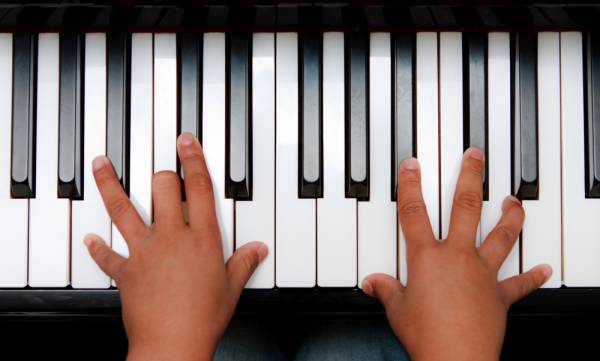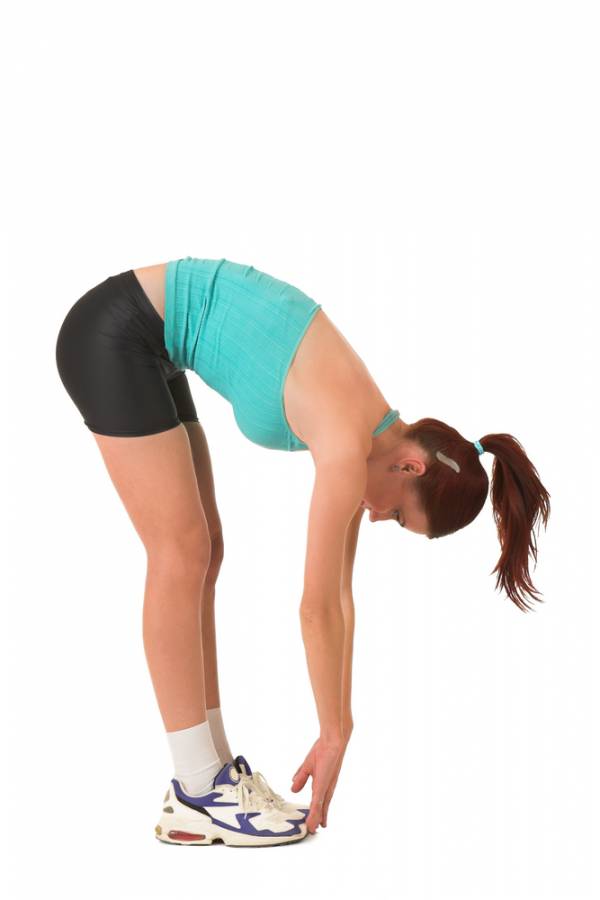I hate when people ask me questions like, “If you were stranded on a desert island and could only do one exercise, which would it be?” In my head I am always thinking that between spending all day long foraging for food and making sure my shelter was kept in good condition I would probably spend remaining time trying to save energy as likely it may be days between feeds.
On the off chance I am stranded somewhere with a plentiful food supply and somehow also get a piece of equipment to take with me the answer, of course, is the get up as taught in the Russian Kettlebell Certification. No other exercise can do as much for you in as little time. But I digress.
LEARN MORE:How To Do The Perfect Get Up
Likewise I always hate diet questions, like when I’m asked which food is “best” for you.
In most of these cases I give my all purpose “it depends” answer. It depends on your needs and specific goals. It depends on whether or not you have food allergies. It depends on what you really need out of training versus what you want or think you need.
What You Want Versus What You Need
An example of this is when people come to me and ask for specific results from their training. Like the time a nationally ranked beach volleyball player came along and asked to be made faster and to jump higher. I went to his coach and asked whether he was especially slow or lacked jump height. The answer surprised me – he was considered the fastest defender in beach volleyball in Australia, and had a jump that saw him jump so high he could actually hit over the top of the opposing block instead of looking for ways around it.
What this young man thought he needed was to make his strengths even stronger. While there is a lot of merit in always playing to your strengths competitively, only a fool ignores his weaknesses in training. The saying is “train your weaknesses but play your strengths.” Because the rest of the story is that this young man was so fragile he would injure himself getting out of bed. (Completely true: this guy actually tore a ligament in his ankle getting out of bed he was so unstable and weak).
RELATED:Using Kettlebell Swings to Improve Vertical Jump
Objectivity and Perspective Rule
Even in an environment like bodybuilding where there is no athletic component involved in the competition you can see this and I will use one perfect example. When Arnold Schwarzennegger first went to the United States to compete he was beaten by the legendary Sergio Olivia. One of the elements that Arnold saw as a weakness was his calves.
He was so determined to improve them before his next outing that he took to wearing cut off sweatpants in order to expose them to everyone in the gym. He was mercilessly ribbed and teased by his friends and competitors, but the teasing fuelled an intense drive within him that saw him improve them to legendary status and convincingly win multiple Mr. Olympia titles.
The problem most people have is that they don’t have the same objectivity about their weaknesses as Arnold. Their biggest weakness is themselves. People naturally gravitate towards things they are good at. As kids they will take on sports and likely will stick with those where they have some success instead of those for which they are not gifted. This continues into adulthood where the things people have spent time doing and have developed reasonable skill at they continue to do.
Training Strengths Is Often More Appealing, But Less Useful
 Putting it into skill terms, think of this – imagine if instead of talking about running, for instance, we were talking about a child who learned to play piano at an early age. This child plays from the age of eight up until eighteen, when he leaves school. In those ten years it is likely he put in hundreds, if not thousands, of hours of practice and had lessons regularly. Even if he decides to have a two year break and take it up again at age twenty, he will obviously be miles ahead of anyone else taking piano up in their twenties.
Putting it into skill terms, think of this – imagine if instead of talking about running, for instance, we were talking about a child who learned to play piano at an early age. This child plays from the age of eight up until eighteen, when he leaves school. In those ten years it is likely he put in hundreds, if not thousands, of hours of practice and had lessons regularly. Even if he decides to have a two year break and take it up again at age twenty, he will obviously be miles ahead of anyone else taking piano up in their twenties.
But what if it’s running, weight lifting, cycling, or some other sport? The skill developed early on during those ten years won’t just magically leave the body. It stays there, perhaps a little blunted and rusty, but the skill of performing a specific task will stay there no matter how long it lies dormant. And so we find our imaginary twenty year old, having had a two year break from running, who decides he isn’t happy with his appearance and is going to start running again.
Don’t you think it’s plausible that he will probably be better at running than someone who never ran as a child? And, due to his ability at running, he will enjoy it more than someone who struggles and can’t get that bounce in the step that good runners seem to have, as opposed to that deathly shuffle later-in-life runners seem determined to slog their way through regardless of shin splints, plantar fasciitis, or knee pain?
But here’s where it gets difficult.
If all he does is run because he enjoys it, he very likely winds up as someone who will have a lot of other problems. When you develop only a single set of physical skills you wind up living in your sport. Like the bodybuilder who is so muscular he cannot bend over to tie his shoelaces. Bodybuilders make look good onstage, but is that healthy? Or the runner who is so stiff and tight through her calves and ITB that she is in constant pain. Or due to the nature of running she has a bodyweight below ideal, or has developed amenorrhea and lost her period. Is that healthy?
The biggest problem most people have is in trying to coach themselves. Having a coach would help them to identify that perhaps some flexibility work could go a long way, or maybe some strength training (and, in the case of running, both will definitely make you run faster). But, because of a lack of familiarity or a sense of not being good at these areas, people will shy away.
How Can I Tell if I Need to Add More Training Variety?
Here are some simple tests to see if you need to look outside your favorite activities and further develop some other characteristics:
- Can you squat, butt to calves with feet flat on the floor, without having to bend over like an old women washing clothes in a river?
- Can you get up and down off the floor with ease?
- When you do push ups are you able to keep your entire body in a straight line?
 Can you touch your toes from standing?
Can you touch your toes from standing?
Those four simple things tell me a lot about potential clients. If you can’t do them you have issues. For starters the squat test shows me that you lack adequate range of motion and we need to develop flexibility.
The floor test shows me you have lost primitive movement patterns essential to safe guard the spine during athletic movement. The push up test shows an ability to link the legs and arms together keeping the spine stable (watch closely when most people do push ups and you will see the lower back curve. The shoulders, hips, and knees should form a straight line).
And the toe touch is, well, just a basic test of mobility and stability. If it is worse than your seated toe touch, I know that we have stability issues to work on in your hips and midsection versus straight flexibility work.
PRACTICE IT:25 Yoga Poses That Will Make You a Better Runner
Coaches Are Paid to Have Your Best Interest at Heart
My suggestion to you is that if you are not happy with the results produced from your training then go pay someone to help you. While money may be an issue, realize you can either spend the money to pay someone to help you, or you will have to spend the time to learn and educate yourself about how to train properly. But one way or another you’re going to be spending something.
Time is valuable and your body is the only one you have. Don’t keep hitting your head against the wall with your own training. Very few people have the necessary mental makeup to be truly objective with their own training. Even at elite level, as you saw earlier, it is a very rare characteristic.
RELATED:7 Articles to Help You Choose a Good Coach
Photos courtesy of Shutterstock.






